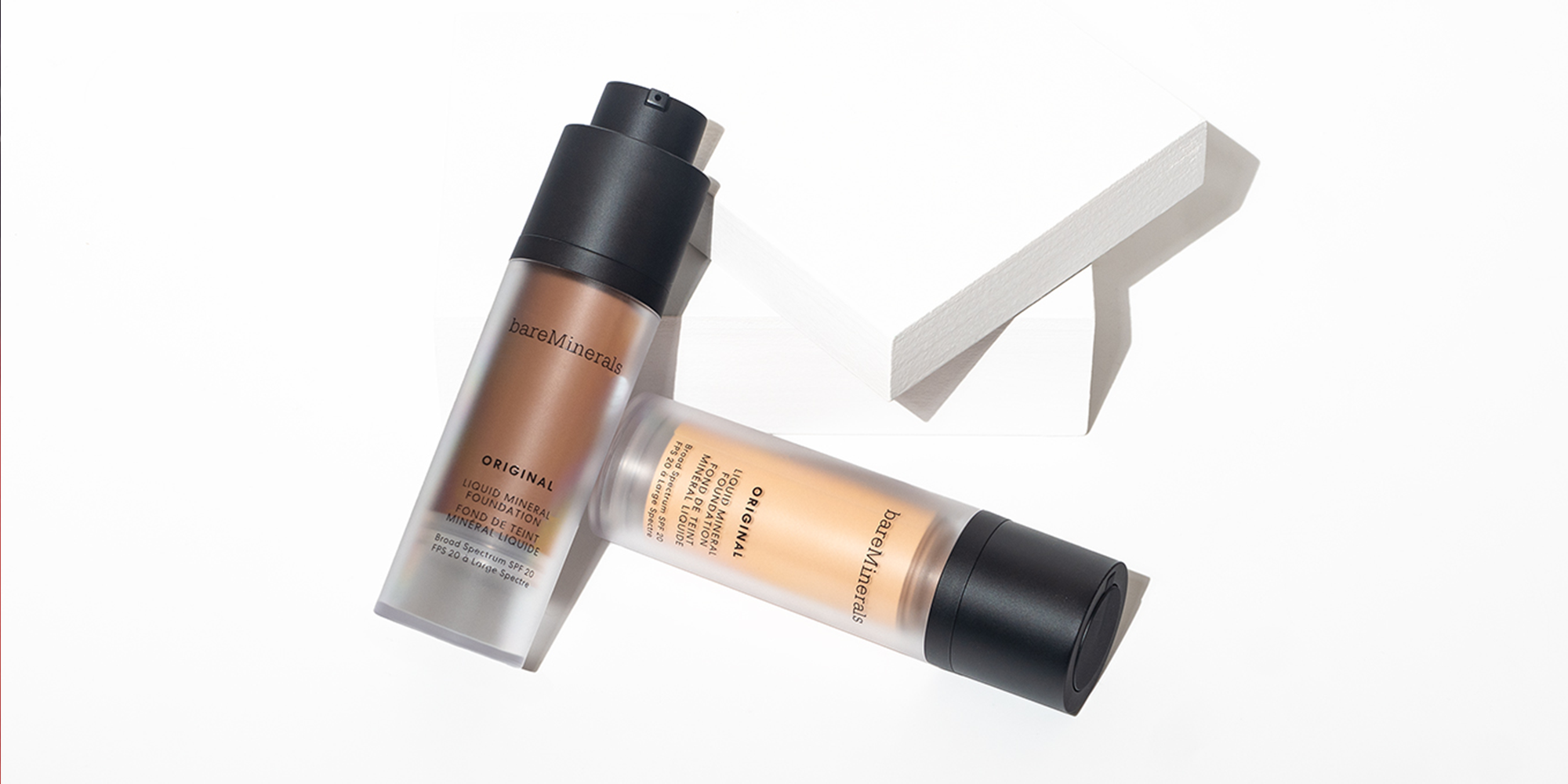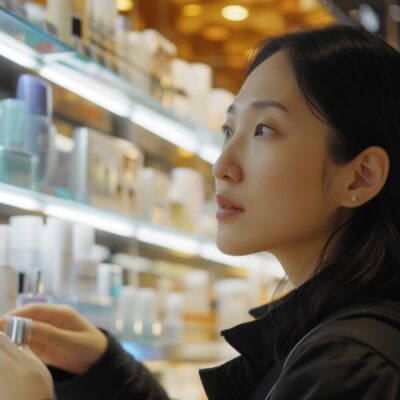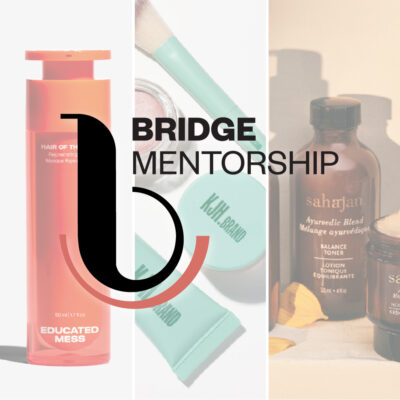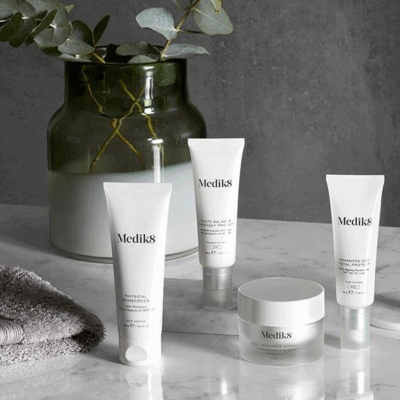
The Six Biggest Sustainable Beauty Trends
Unlike the maximalist beauty product packaging of the past, Oyl + Water founder and CEO Rachel Roberts Mattox declares modern beauty consumers are “prioritizing minimalism.”
During a Beauty Independent In Conversation webinar last week sponsored by FusionPKG and Eastman Chemical Company, she said, “They correlate luxury with a more pared-down aesthetic. Less fluff, less frill, less ostentatiousness, less bling. That is garish now.” For the webinar, she was joined by Dan Campbell, senior sustainability and packaging engineer for FusionPKG, and Tara Cary, global innovation manager for Eastman.
Cary suggested that the beauty industry is at an “inflection point,” where it’s ready to take on the plastic crisis via conscious packaging, but Campbell noted, “Some people think [plastic] is a dirty word, but it’s not as bad as people say it is.” Cary, Campbell and Roberts Mattox shared perspectives on how beauty brands can meet higher standards for sustainability—and even regeneration—without sacrificing the luxurious experiences important to beauty consumers. Here are six trends they highlighted in the webinar.
1. Transparency
Brand founders are looking beyond ingredient transparency to reveal every element of their business, including packaging choices. “We’re really excited that bioplastic is out on the market, and it’s a new alternative to virgin plastic,” said Roberts Mattox. “But transparency asks us to go a little bit deeper and say, ‘Where are these biomaterials harvested from? And what did it do to the land that it was harvested from?’” Consumers are asking brands to disclose that level of detail.
“Carbon neutrality is a huge buzzword in the industry right now,” continued Roberts Mattox. “Brands and companies, and everybody in the supply chain, are looking at how can they measure their carbon footprint and how can they offset their carbon footprint so that, at the end of the day, when you’re creating great things that we’re buying, there’s less harm on the planet.” She pointed to nonprofit Climate Neutral as a resource that can help brands stay on top of their carbon footprints.
2. Upcycling
The industry should view waste as a “valuable resource” that supports the circular economy, advised Roberts Mattox. Eastman’s new Cristal Renew portfolio supports the circular economy with copolyester resins made with 30% to 50% certified recycled content. FusionPKG uses Cristal Renew in stock and custom packaging, including droppers, airless packaging and other vessels that appear clear.
“We’re taking plastic waste, and we’re essentially unzipping that polymer [that’s derived from fossil fuels] partway back, cleaning it up, and putting it back together to make new polymer,” explained Cary. She added, “Your leftover carpet can be broken down, clarified, built back together and, then, Dan takes it and makes a beautiful jar out it.”
Campbell mentioned that clear packaging, which can be hard to create using traditional mechanical-recycled post-consumer materials, has both aesthetic and practical advantages. “Typically when you utilize the mechanically recycled PET [polyethylene terephthalate], PCR [post-consumer recycled], you’re going to see a slight haze, the color might look a little blue,” he explained, elaborating, “The partnership with Eastman allows us to get past a lot of those aesthetic defects so we’re still able to deliver innovative packages with the same aesthetics. By displaying products such as foundation in clear bottles, you can have shade inclusivity by having every formula in there for it to be visible and, so, it’s a great opportunity.”
Discussing FusionPKG’s new Max Out Atmospheric collection available in Eastman’s Cristal Renew copolyester and features slim profiles, Campbell said, “It addresses the need for space in terms of it’s less shipment space, but then also at the retailers. And, even in photography, for example, we all want to have all the shades and complexions and colors represented. So, now you’d be able to hit that all on the shelf because these are so uniquely sized.”
3. Refills And Dosages
Brands are seeking to make refills feel premium. “There’s a bunch of exciting things coming up in cosmetics, and it’s being driven by the consumer,” said Cary. “A lot of it is around the refill and reuse. It’s around trying to make the experience better for the consumer on a refillable. What will make them delighted when they refill their package?”
Fusion currently offers a compact line that has the ability to be refilled, and is working on future airless options that will tap Eastman resins and be refillable. Fusion modified the traditional dropper often used to dispense serums or lightweight creams and developed Amp Dropper with a flexible membrane on the bottom of the container rather than a pipette to provide exact dosing every single application and keep consumers from overusing products.
4. Biodegradable Packaging
Brands are turning to biodegradable packaging made from food or plant waste. They’re also opting for packaging that disintegrates or disappears as it’s used. Roberts Mattox spotlighted Axiology, a brand that has lipsticks wrapped in paper, as embracing this trend. She said, “The opportunity for the brand is: Let’s do this in a luxury way so that the consumer feels like they’re using a luxury product that’s leaving no footprint behind.”
5. Water reduction
Solid products such as shampoo bars and concentrated treatments in capsules are “about to blow up,” predicted Roberts Mattox. Concentrated beauty products save water at the time of production and, by virtue of being lighter, save on transportation and shipping costs along with carbon emissions.
6. Regeneration
“The idea of sustainability is great. It’s stopping the hemorrhaging, but how do we actually create a healing situation for our planet?” asked Roberts Mattox. “We don’t want to just stop at status quo. We want to use our businesses as vehicles to repair the damage that we’ve done.” Toward that end, brands are partnering with organizations that remove plastics from oceans, plant trees and foster biodiversity.
To watch a replay of the sustainable beauty webinar and others, visit Beauty Independent’s In Conversation Library





Leave a Reply
You must be logged in to post a comment.